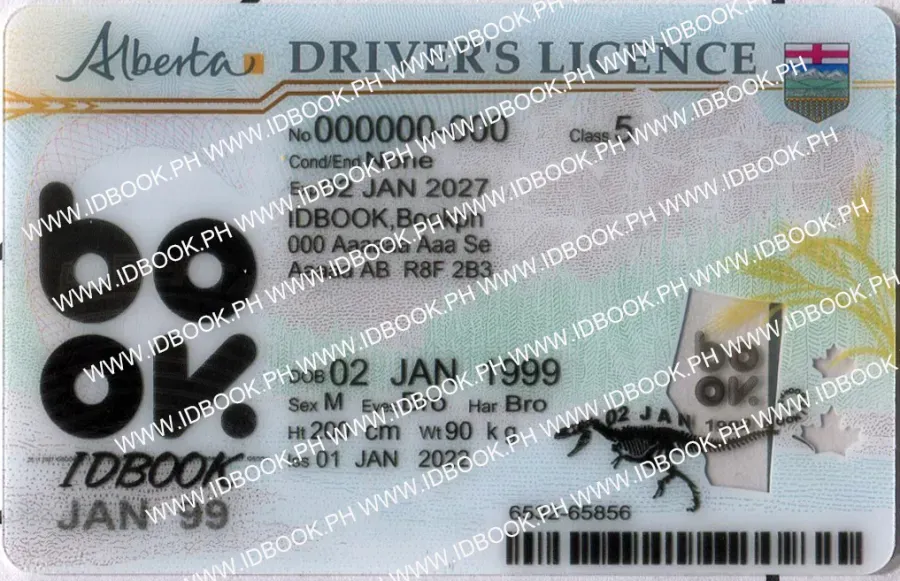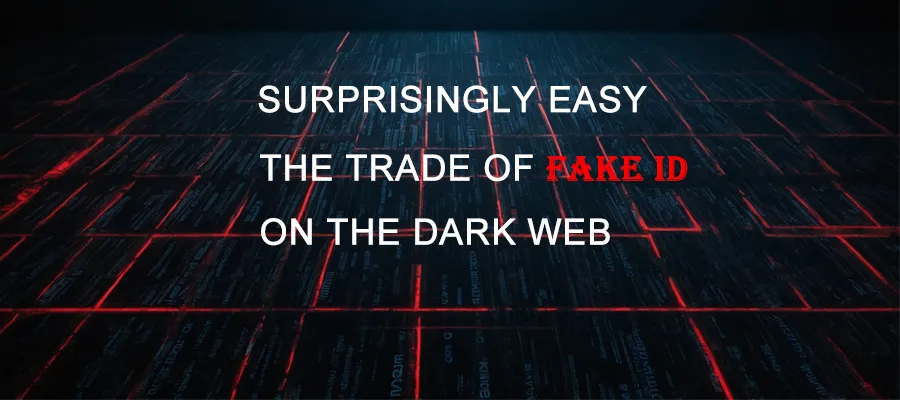What is the Trade of Fake IDs?
The trade of fake IDs relates to the illegal purchase and sale of fake identification documents. These documents can vary from passports, driver’s licenses, social security numbers, and other government-issued identifications that are heavily counterfeited. Fake IDs are commonly used for identity theft, financial scams, or to bypass age restrictions while buying alcohol or tobacco. Digitalization has made it effortless for criminals to obtain and alter these documents, making them difficult for authorities to detect.
Who is Involved in the Trade of Fake IDs?
A variety of people are attracted to the fake ID black market. Cybercriminals, known for profiting off the exploited digital world, are primary participants in the fake ID scheme. They operate on the dark web, selling fake documents to people willing to break the law. Fake IDs are also bought by identity thieves to carry out fraud schemes like applying for bank loans under someone’s identity.
Another key segment of this market comprises people attempting to avoid certain identity verification requirements, such as buying a fake identification card to use in a bar or other age-restricted venues. Some may even use fake documents to escape capture from police or immigration officials.
When Did the Trade of Fake IDs Pose a Serious Problem?
The boom in fake identity card usage coincided with the expansion of the Dark Web in 2010. As the Tor network became more widely used and encrypted marketplaces emerged, the conditions for organized crime greatly improved. It became much easier for criminals to operate undetected. The advent of cypherpunk communication channels and cryptocurrency eliminated the need for identification in transactions. This anonymity made it nearly impossible for law enforcement to track these individuals.

Where Does the Trade of Fake IDs Occur?
The trade of fake IDs occurs on Dark Web forums and marketplaces. These networks are only accessible through the Tor browser, which conceals one’s identity and location. Sellers often provide detailed descriptions of the fake IDs, including their quality and authenticity. These environments are secure, allowing buyers and sellers to avoid law enforcement scrutiny. Transactions are typically made using cryptocurrency, adding another layer of anonymity.
Why Is the Trade of Fake IDs So Concerning?
Governments, law enforcement agencies, and financial institutions have growing concerns about the trade of fake IDs on the Dark Web. The risks are alarming:
- Identity Theft: Fraudulent IDs can be used to steal personal information, granting criminals access to sensitive accounts or to defraud victims.
- Financial Fraud: Criminals can open unauthorized bank accounts, get credit cards, or apply for loans using fake IDs.
- National Security Threats: Terrorists can cross borders undetected with fake visas or passports, posing a significant risk to national security.
- Compromised Legal Systems: Fake IDs allow people to break the law without facing legal consequences, undermining the integrity of legal systems.
The anonymity provided by the Dark Web makes it nearly impossible for law enforcement to stop these illegal activities.
Steps to Purchase Fake IDs on the Dark Web
Obtaining fake IDs from the Dark Web is disturbingly easy. Here are the basic steps involved:
- Access the Market: Buyers need to use the Tor network to access Dark Web markets, which hides their internet traffic and disguises their IP addresses.
- Pick the Product: Buyers browse listings for fake IDs, checking details like the country of origin and quality of the ID. Some sellers provide samples for legitimacy.
- Perform the Transaction: Payments are made through cryptocurrency, such as Bitcoin or Monero, to ensure anonymity. Once the payment is processed, the seller ships the fake ID or documents.
Cost of Fake IDs
The cost of fake IDs varies widely depending on the type of document and the country of origin. A breakdown of typical prices:
- Passports: $200 to $1,500
- Driver's Licenses: $85 to $1,500
- Social Security Cards: $2 to $5
Technical Aspects of Dark Web Activity
The technology behind the Dark Web's fake ID trade is integral to its success:
- Payment via Cryptocurrencies: Cryptos like Bitcoin provide anonymity, making transactions harder to trace.
- Tor Network: Tor allows users to browse the Dark Web anonymously, hiding their location and activity.
- PGP Encryption: PGP encryption ensures that communications on the Dark Web remain secure, preventing theft or surveillance.
Case Study: Sarah J. and her Consequences After Purchasing a Fake ID
Sarah J, a thirty-two-year-old accountant, purchased a fake driver’s license to hide her financial transactions from a tax audit. She intended to open a new bank account under a false identity. Unfortunately for her, she was caught and faced severe legal consequences, including fines and criminal charges for identity fraud. Sarah's case highlights the risks of engaging in the illegal trade of fake IDs.
Interpol 2025 Cybercrime Report: The Growth in Issue of Concern
According to Interpol's 2023 Cybercrime Report, the trade of counterfeit documents has surged, becoming a major issue in global cybercrime. Law enforcement struggles to keep up with the scale of transactions due to the use of the Tor network and cryptocurrency, which makes it nearly impossible to trace perpetrators.
Australia is facing a growing challenge with the rise in fraudulent identification documents being sold on the Dark Web. The ease of obtaining fake IDs is concerning for individuals, businesses, and governments alike. Anonymity and encryption make it easy for anyone to buy these documents, and law enforcement must enhance international cooperation and cyber policies to address this rising threat.
Frequently Asked Questions (FAQs)
- How can law enforcement track down Dark Web criminals? Law enforcement uses advanced techniques like undercover operations, international treaties, and digital forensics to catch criminals, but tracking Dark Web offenders is challenging due to anonymity and cryptocurrency.
- Is it illegal to buy fake IDs on the Dark Web? Yes, buying fake IDs is illegal and can lead to serious legal consequences such as fines or imprisonment.
- Can fake IDs be detected? Yes, but as counterfeit documents become more sophisticated, detection becomes more difficult. Law enforcement has developed advanced technologies to identify fake IDs.
- Which kind of fake ID retrieval is most common? Passports, driver’s licenses, and social security cards are the most frequently traded fake IDs on the Dark Web.
- How does one typically pay for the IDs? Payment for fake IDs is most often made with Bitcoin and other cryptocurrencies due to their anonymity.
- What part does the Tor network play in this business regarding fake IDs? The Tor network conceals users' IP addresses, allowing buyers and sellers to operate without fear of law enforcement detection.
